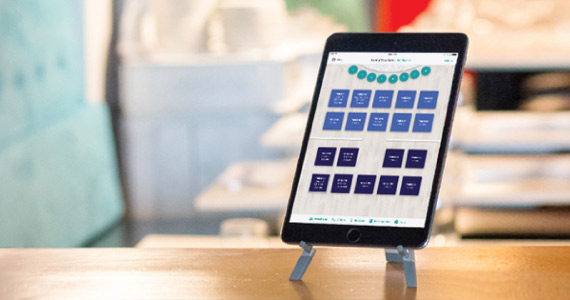In the highly competitive world of restaurants, tracking key performance indicators (KPIs) is crucial. These metrics offer a complete picture of a restaurant’s financial health and help managers make strategic, informed decisions. When used correctly, KPIs can greatly improve both efficiency and profitability. Below are the essential financial and operational metrics that restaurants should prioritize.
First, financial metrics play a major role in assessing a restaurant’s overall success. Key indicators like Gross Profit Margin and Net Profit Margin help determine cost efficiency and profitability after expenses are covered. By analyzing revenue, costs, and profits, restaurant managers can better understand their financial status and identify areas for improvement. With the right data and insights, these metrics can aid in managing the financial side of the business.
Equally important are operational metrics, which ensure the smooth running of daily operations. Metrics such as Table Turnover Rate and Inventory Turnover Rate give insight into how effectively a restaurant is utilizing its resources. A higher table turnover during busy hours means more customers are being served, leading to increased revenue. Similarly, maintaining a healthy inventory turnover rate prevents overstocking and ensures purchases match customer demand.
Labor metrics, including Labor Cost Percentage and Employee Turnover Rate, are critical for managing staffing levels and labor-related expenses. Keeping labor costs in check while maintaining sufficient staff is vital to avoid being understaffed or overstaffed, which can negatively impact both customer service and profitability.
Customer-related metrics like Customer Satisfaction, Net Promoter Score, and Customer Retention Rate provide valuable insights into how well guests are enjoying their dining experiences. Satisfied customers often lead to repeat business and positive word-of-mouth, reducing the need for expensive marketing campaigns.
Food-related metrics, such as Food Cost Percentage and Menu Item Popularity, help restaurants make informed decisions about menu offerings. By analyzing the profitability of individual items and tracking how well they align with customer preferences, managers can make adjustments that improve overall profitability.
By carefully monitoring these KPIs and utilizing strategies like third party delivery reconciliation, restaurants can streamline operations, gain detailed insights into performance, and make data-driven decisions. This not only helps reduce operational costs but also ensures long-term profitability in a highly competitive market.




